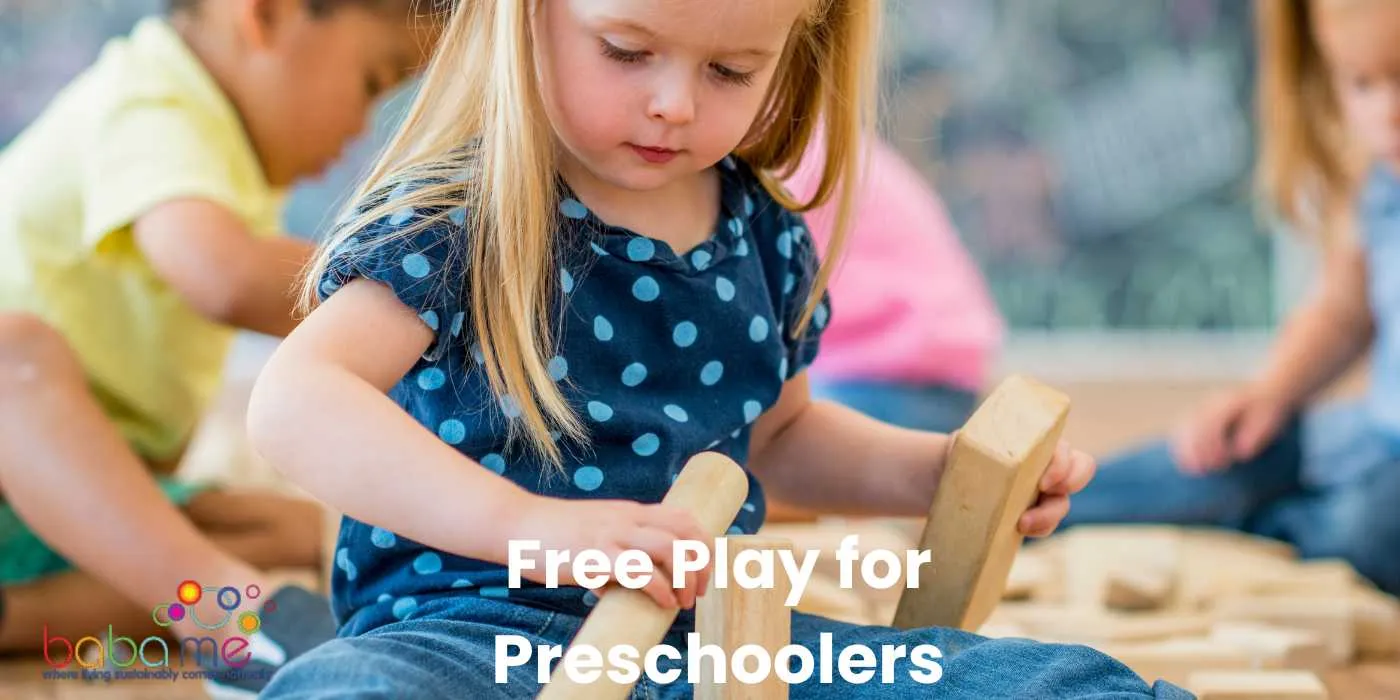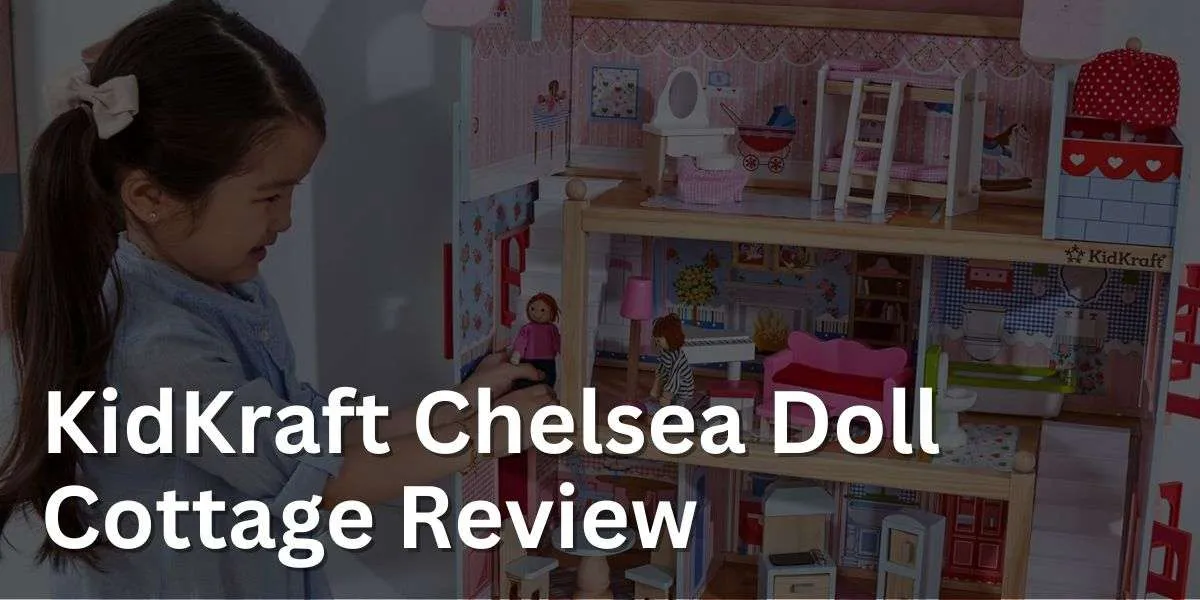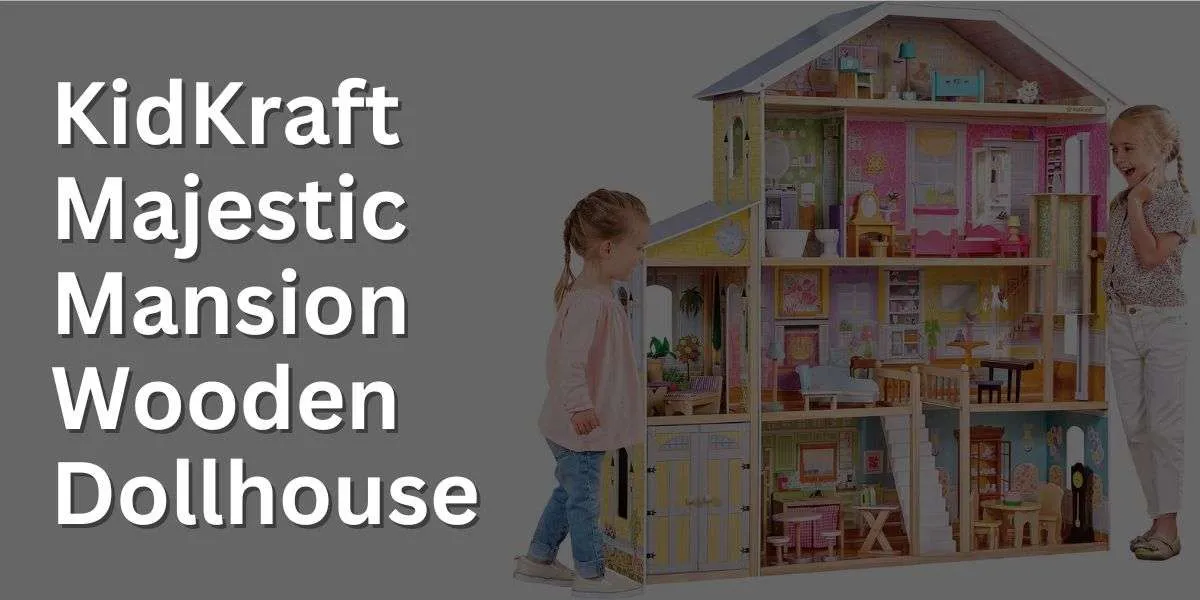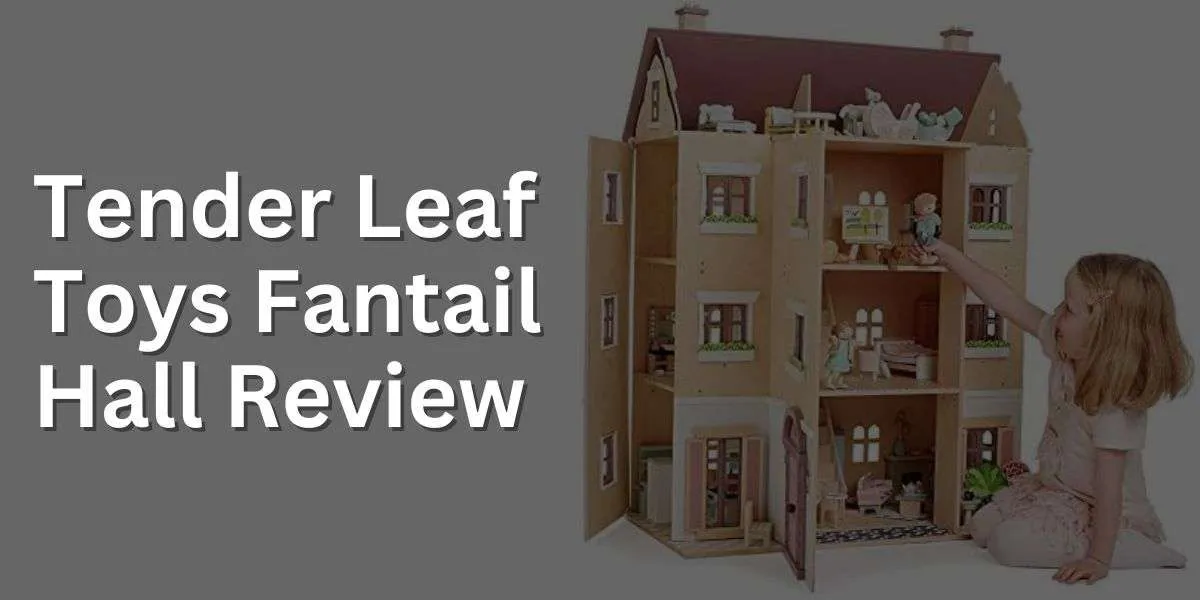Free play is an essential part of childhood development. It is any kind of play that is initiated by a child, without any specific instructions or guidance from adults. Preschoolers, in particular, need regular free play to develop their cognitive, emotional, social, and physical skills.
During free play, preschoolers can use their imagination, creativity, and problem-solving skills to explore the world around them. They can engage in activities such as building blocks, playing with dolls, drawing, and pretending to be different characters.
Free play also allows preschoolers to interact with their peers, develop their social skills, and learn how to negotiate and resolve conflicts.
Benefits of Free Play
Free play is an essential part of a preschooler’s development. It offers numerous benefits that can have a positive impact on their physical, cognitive, and emotional well-being. In this section, we will explore the different benefits of free play and why it’s crucial to encourage it in preschoolers.
Physical Benefits
Free play provides preschoolers with an opportunity to engage in physical activity, which is essential for their overall health and development. Some of the physical benefits of free play include:
Improved gross motor skills, such as running, jumping, and climbing
Enhanced fine motor skills, such as drawing, painting, and building with blocks
Increased physical fitness, which can help prevent obesity and other health problems
Improved coordination and balance
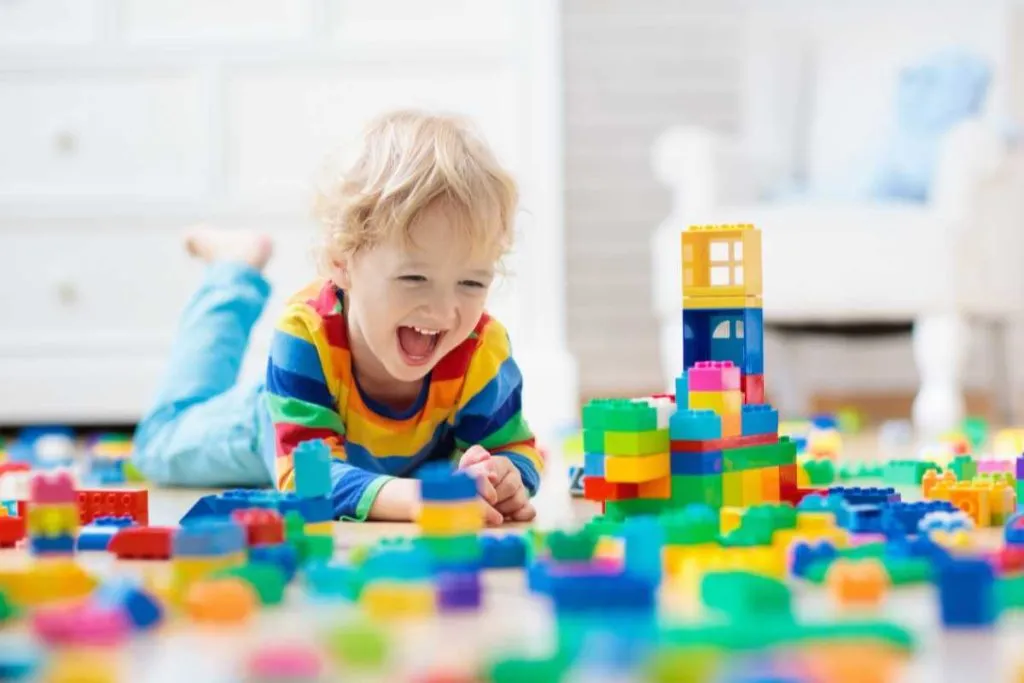
Cognitive Benefits
Free play also offers numerous cognitive benefits for preschoolers. When children engage in free play, they are using their brains to explore, create, and problem-solve. Some of the cognitive benefits of free play include:
Improved creativity and imagination
Enhanced language and communication skills
Increased ability to focus and concentrate
Improved memory and learning skills
Enhanced problem-solving and critical thinking skills
Emotional Benefits
Free play can also have a positive impact on a preschooler’s emotional well-being. When children engage in free play, they are able to express themselves and explore their emotions in a safe and supportive environment. Some of the emotional benefits of free play include:
Increased self-esteem and confidence
Improved social skills and the ability to make friends
Enhanced emotional regulation and the ability to manage stress
Improved empathy and understanding of others
Types of Free Play
Unstructured Play
Unstructured play, also known as free play, is any kind of play that is initiated and directed by the child. This type of play is essential for children’s development as it allows them to explore their environment, develop their creativity, and learn how to problem-solve. Unstructured play is also an opportunity for children to develop social skills, such as sharing and cooperation, as they interact with other children.
Examples of unstructured play include playing with blocks, dolls, or cars, drawing, coloring, painting, and playing make-believe. This type of play can take place indoors or outdoors and can be done alone or with others.
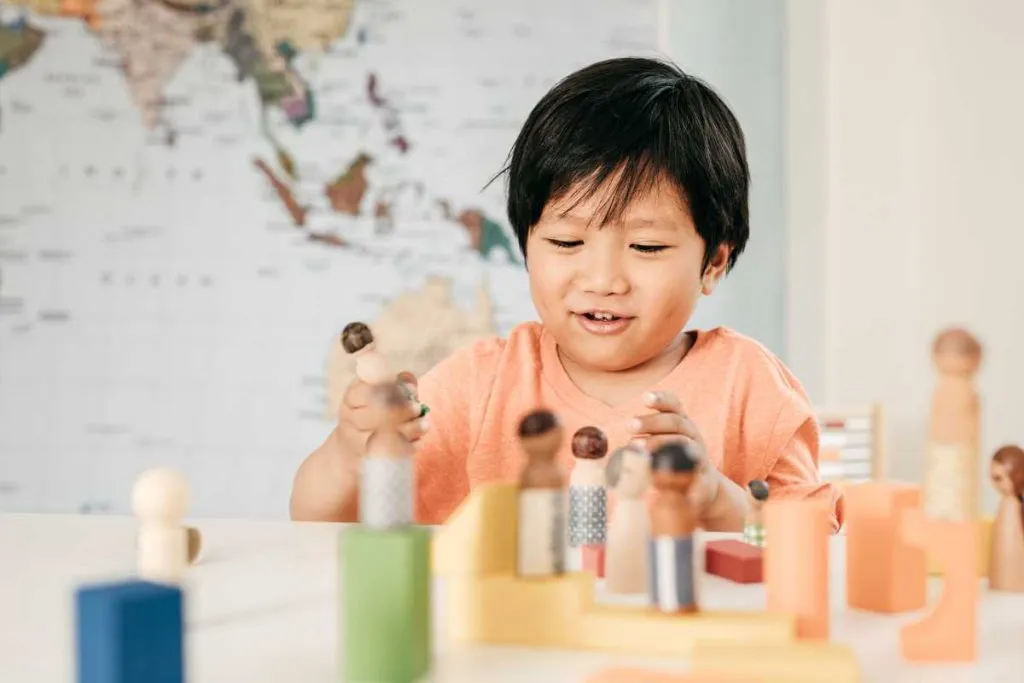
Structured Play
Structured play, also known as guided play, is play that is organized and directed by an adult. This type of play is often used to teach children specific skills or concepts. Structured play can be beneficial for children as it can help them develop their cognitive, social, and emotional skills.
Examples of structured play include playing educational games, doing puzzles, and participating in organized sports or activities. This type of play is often done in a group setting and is led by an adult, such as a teacher or coach.
Sensory Play
Sensory play is play that engages a child’s senses, such as touch, sight, sound, and smell. This type of play is important for children’s development as it helps them develop their sensory processing skills, which are essential for learning and development.
Examples of sensory play include playing with sand or water, playing with playdough, and exploring different textures and materials. Sensory play can be done alone or with others and can be done indoors or outdoors.
Creating a Safe Environment
Supervision
One of the most important aspects of creating a safe environment for preschoolers during free play is adequate supervision. Teachers should ensure that they have a clear view of all areas of the play space and are able to quickly respond to any potential safety hazards or conflicts between children. It is also important to maintain appropriate adult-to-child ratios, as recommended by state licensing regulations.
Toy Selection
When selecting toys for free play, it is important to consider the age and developmental level of the children. Toys should be safe, durable, and free of small parts or other choking hazards. Teachers should also regularly inspect toys for any signs of wear or damage and remove any items that are no longer safe for use.
It may also be helpful to rotate toys regularly to keep children engaged and interested in play. This can also help prevent overcrowding and reduce the risk of accidents or injuries.
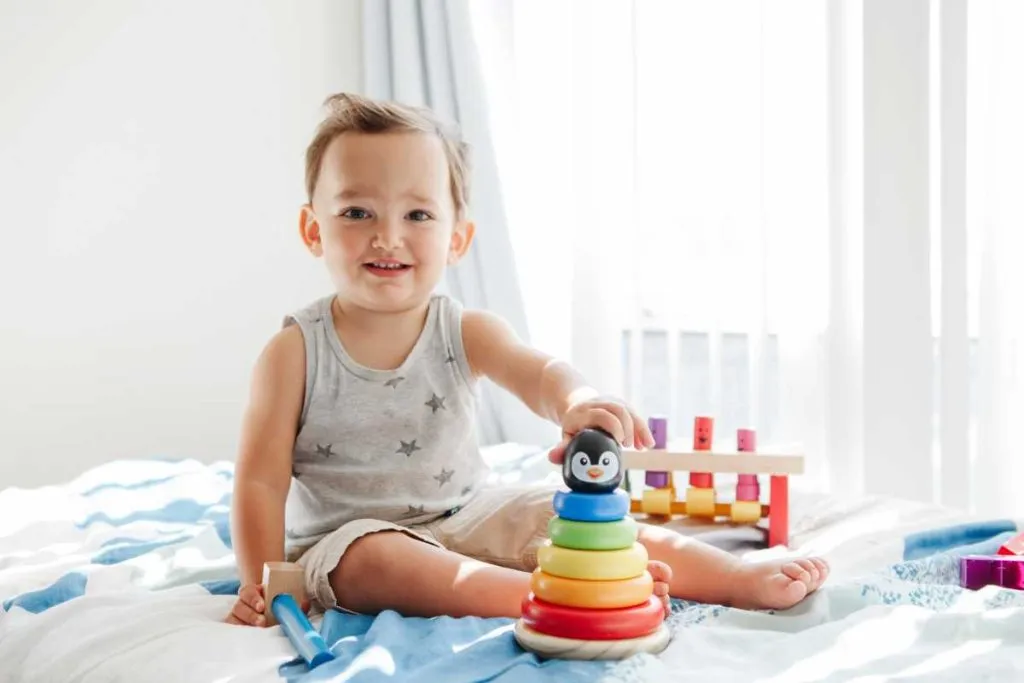
Space and Equipment
The physical environment of the play space should also be carefully considered to ensure safety. Teachers should remove any potential hazards, such as sharp edges or tripping hazards, and ensure that all equipment is properly maintained and in good working order.
It is also important to provide enough space for children to move freely and play without bumping into each other or the furniture. Teachers should also consider the layout of the play space and arrange furniture and equipment in a way that promotes safe and free movement.
Teachers should ensure that the play space is well-lit and free of any potential hazards, such as exposed electrical outlets or cords.
Encouraging Free Play
Setting Aside Time
One way to encourage free play is to set aside time for it. Parents can schedule a block of time each day for their child to engage in unstructured play. This could be during the morning or afternoon, depending on the child’s schedule.
By setting aside time for free play, parents are showing their child that play is important and that they value their child’s creativity and imagination.
Modeling Play
Another way to encourage free play is for parents to model play themselves. Parents can engage in imaginative play with their child, showing them how to use their toys and other materials in different ways.
This can help to spark their child’s creativity and imagination, and also create a bonding experience between parent and child.
Joining In
Parents can also join in on their child’s free play activities. They can ask their child what they are playing and show interest in their activities. Parents can also ask their child if they can join in on their play, which can help to build a stronger relationship between parent and child.
By joining in on their child’s play, parents can also help to guide their child’s play in a positive direction, encouraging them to explore new ideas and concepts.
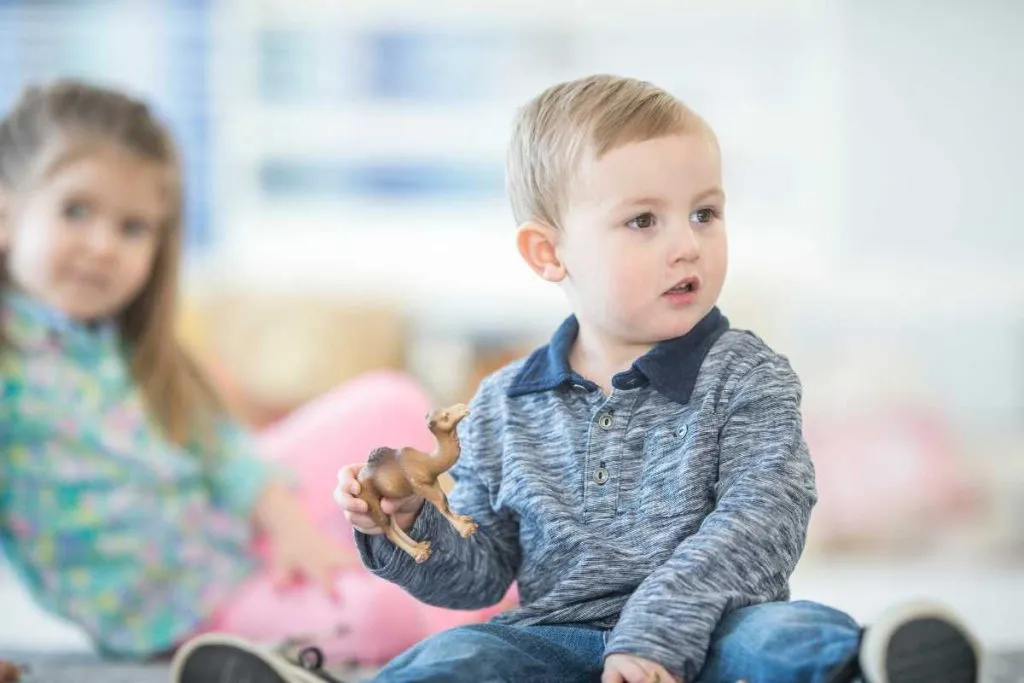
FAQs on Free Play activities
What are free play activities?
Free play activities are unstructured and voluntary activities that allow children and adults to explore, create, and imagine without any specific goals or outcomes. These activities are not directed by adults or dictated by rules, but are rather self-initiated and self-directed.
Examples of free play activities for children may include building with blocks, playing dress-up, creating art, or exploring nature, while for adults it may include hobbies such as painting, playing an instrument, or gardening. Free play activities are important for developing creativity, problem-solving skills, social skills, and emotional regulation.
What is free play in preschool?
Free play in preschool refers to unstructured playtime where children have the opportunity to choose and engage in activities that interest them, without any specific curriculum or lesson plan. During free play, children can explore different materials and toys, interact with their peers, and use their imagination to create their own games and activities.
Free play in preschool is important for developing a range of skills, including social skills, emotional regulation, language development, problem-solving, and creativity. Teachers may observe and facilitate free play to ensure that all children are included, but generally do not direct or control the children’s activities.
Why is free play important for preschoolers?
Free play is extremely important for preschoolers as it provides them with the opportunity to learn and grow in a natural, unstructured environment. Here are some reasons why free play is so beneficial for preschoolers:
Encourages creativity and imagination: During free play, children have the freedom to use their imagination and come up with their own ideas and games. This helps them to develop creativity and problem-solving skills.
Develops social skills: Free play allows children to interact with their peers and practice important social skills such as taking turns, sharing, and cooperating.
Promotes physical development: Free play provides opportunities for children to move their bodies and develop their gross motor skills. For example, running, climbing, and jumping.
Enhances cognitive development: Through free play, children learn to think critically, solve problems, and make decisions independently.
Fosters emotional development: Free play can help children to regulate their emotions and learn how to manage their feelings in a safe and supportive environment.
What do children learn from free play?
Children can learn a wide range of skills and concepts from free play, including:
Social skills: Children learn how to interact with their peers, take turns, share, negotiate, and resolve conflicts.
Communication skills: Free play provides opportunities for children to practice and develop their language skills, both by listening to and communicating with others.
Creativity and imagination: Through free play, children have the opportunity to express themselves, create new games and ideas, and explore their imagination.
Problem-solving and critical thinking: During free play, children learn how to solve problems, make decisions, and think critically.
Emotional regulation: Free play can help children to learn how to manage their emotions, express themselves in a healthy way, and develop resilience.
Motor skills: Free play can also help children to develop their gross and fine motor skills, as they move their bodies, manipulate objects, and engage in physical activities.
Can Outdoor Play be Free Play?
Yes, outdoor play can absolutely be free play. In fact, the outdoors often provides an ideal environment for optimal child development through play due to its open and adaptable nature. Here’s a brief explanation:
Free Play: Free play, also known as unstructured play, is spontaneous, self-directed, and without specific objectives. The focus of free play is on the process rather than the outcome. Free play allows children to use their creativity, explore at their own pace, make their own decisions, and learn to negotiate with peers.
Outdoor Play as Free Play: The outdoors offers a wide array of natural stimuli and resources that children can use creatively in their play. For instance, a child might decide to collect stones, build a fort with sticks, chase butterflies, or create imaginative stories about trees being magical entities. The possibilities for free play outdoors are virtually limitless.
Outdoor free play can also foster a sense of adventure, improve physical health, and provide opportunities for children to learn about the natural world which is also important in a child’s development. It’s important to ensure a safe environment for outdoor free play time, but also allow for acceptable risks, which can aid in the development of problem-solving skills and resilience, which is vital to learn in early childhood.
Much active free play can take place outside, but it’s important to note that it’s not confined to outdoor settings.
Indoor environments can also provide rich opportunities for active free play. For example, children can engage in make-believe games and role play, build structures with blocks, create art with craft supplies, or even design obstacle courses with household items. These activities promote creativity, physical activity, problem-solving, and motor skill development, similar to outdoor play.
Free play develops naturally at an early age. It’s an integral part of a child’s growth and development, allowing them to learn about the world around them in a self-directed and spontaneous way. Here’s how it unfolds:
Infants and Toddlers: Free play begins as early as infancy. Babies explore their world through touch, taste, and movement, often turning everyday objects into toys. Toddlers might engage in simple pretend play, like talking on a toy phone or feeding a doll.
Preschoolers: As children grow, their free play becomes more complex and imaginative. Preschoolers often enjoy make-believe games, creating their own rules and scenarios. They might pretend to be animals, superheroes, or adults, enacting stories from their imagination.
School-Aged Children: Free play continues to evolve with school-aged children. It may involve more complicated games, art projects, or construction activities. They might also enjoy role-playing games that mimic adult roles or fantastical worlds.
Through free play, children learn to solve problems, think creatively, develop social skills, manage emotions, and gain physical skills. They also learn about their interests and abilities, promoting self-confidence and self-awareness. It’s crucial for caregivers to provide safe spaces and ample time for free play, supporting this natural and essential aspect of childhood.

